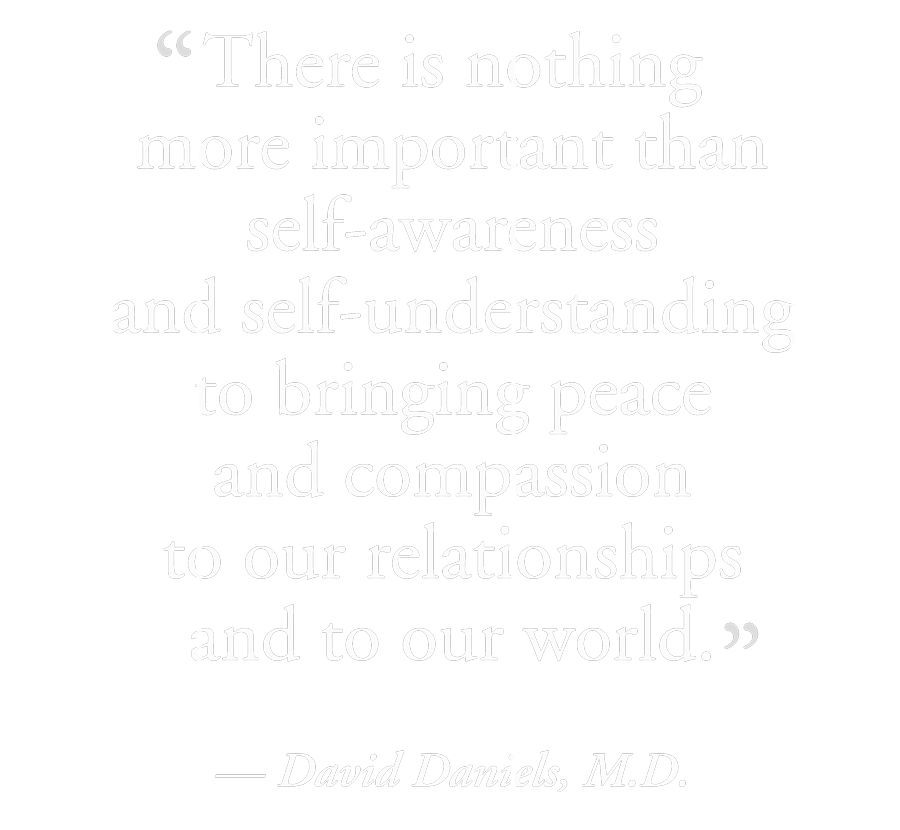The Pause and Miracle of Receptivity
The Power of Pausing, Acceptance, and the Breath
These days, we are all so active and fast-paced. It’s a hectic, modern world. Our children are “glued” to their video games and tweeting. They have a lot of homework and a lot of tasks to accomplish. Adults move endlessly from task to task, attempting to get more, or at least enough, accomplished in a day.
There are three fundamental energies we humans rely on, and boy, we need all three of these energies to really thrive in this world. But I have to say, the most neglected of these three energies in our particular society is the one known as “Receptive Energy.” Here is a brief definition of each:
- Active or Yang Energy flows outward into assertive and decisive action that is unrestricted and expansive. This energy is over-valued in achievement-oriented, success-oriented cultures. When contracted, this energy can get expressed externally as unrestrained, not unrestricted action and aggression.
- Receptive or Yin Energy flows inwardly as openness and receptivity and outwardly as flexibility and adaptability. It can also show up as stillness, even readiness, for action. When contracted, this aspect can lead to inertia and withdrawal.
- Balancing or Yin-Yang Energy represents a reconciling energy, harmonizing both active and receptive forces. It manifests as a continuous adjustment that we make to the ever-changing circumstances wherein reaction occurs if either receptive or active energy seems to dominate. When contracted, this energy collapses into a narrow and amplified rigidity.
Both Balancing and Active Energies depend upon Receptive Energy. Furthermore, Receptive Energy also provides the time and space for the Balancing Energy to fully operate. Receptive Energy function reminds me of a teeter-totter that we as children played on, where there was just no fun if we couldn’t create movement and flow. Thus, Receptive Energy allows us to thrive efficiently and effectively.
Read MoreWho Exactly Are the
“Good Guys” with Guns?
Another Shooting, Ignited with Concern…
One week after the slaughter at Sandy Hook Elementary School in Newtown Connecticut – killing 20 children and several adults – the executive vice president of the NRA, Wayne LaPierre, finally declared that he “had the answer.” What follows is his entire speech as broadcast on television.
“The answer to bad guys with guns is good guys with guns,” he confidently said. That was it.
That’s his answer to the horrific acts of violence we are enduring in America.
This approach, where you feature two opposing concepts or views in a single sentence, creates a blind dualism that cannot be integrated. This is true for much of the world we live in today. Simply spend a few minutes reflecting on what is going on in the Middle East, the killings by ISIS, the political battles here in America and elsewhere, and the endless oppositional views on multiple issues.
Furthermore, the National Rifle Association (NRA) with more than five million members claims that the right to bear arms is an inalienable right of the individual American citizen guaranteed by the Constitution. This refers to the right to acquire, possess, collect, exhibit, transport, carry, transfer ownership of, and enjoy the right to use arms as stated in the Second Amendment of the Constitution.
Implicit in this meaning is the right to shoot to kill.
Read MoreForgiveness: How It’s Truly
a Path to Freedom
Overview: Forgiveness, the profound letting go of grievances, provides a key to reclaiming the essential self and building healthy relationships. Ironically, each type holds specific resistance’s to forgiveness which are tied to the type’s survival strategy. The barriers to forgiveness, the costs of holding grievances and resentments, and how the barriers to forgiveness be worked with are all explored here. In reading and responding to this blog, bring an open mind, heart, and spirit and an example of something or someone (which could be yourself) you need to forgive.
Forgiveness: How It’s Truly a Path to Our Own Freedom
“Without forgiveness, life is governed by an endless cycle of resentment and retaliation.”
— Roberto Assogioli
“Forgiveness is not an occasional act; it is a permanent attitude.”
— Martin Luther King, Jr.
“If you are bitter at heart, sugar in the mouth will not help you.”
— Yiddish Proverb
“Forgiveness is an absolute necessity for continued human existence.”
— Desmond Tutu

In working with inmates for the Enneagram Prison Project (EPP), I rediscovered how, “We are all prisoners of our own making,” as Susan Olesek[1] puts it. And a key to remaining in this “self-imprisonment” is the lack of forgiveness. This is key to both those incarcerated as well as for the rest of us.
Read MoreAnger, Emotions, and the Enneagram
SYNOPSIS of the BLOG ARTICLE: Understanding the emotion “anger” and learning how to work “with it” gets us closer to ending unnecessary violence. Anger, in particular, is one of emotional alarm systems system that tells us about personal violation and its potential threat to our survival. It alerts us when our sense of inherent worth comes under attack; when getting what we want, need and/or value gets threatened; and when we can’t process feelings of shame, hurt, or fear.
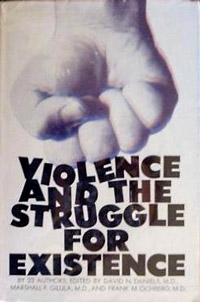 I began my study of violence in 1968 with other junior colleagues in the Department of Psychiatry at Stanford University after the assassinations of Martin Luther King and Robert F. Kennedy. Our work culminated in 1970 with the publication of a book called Violence and the Struggle for Existence.
I began my study of violence in 1968 with other junior colleagues in the Department of Psychiatry at Stanford University after the assassinations of Martin Luther King and Robert F. Kennedy. Our work culminated in 1970 with the publication of a book called Violence and the Struggle for Existence.
My interest in working with anger and violence continues into the present as a result of my association with the Enneagram Prison Project (EPP), working closely with colleagues Susan Olesek and Suzanne Dion, leaders of the project and the EPP’s core instructors, both teaching weekly in California jails and prisons. Together, we bring a great knowledge of the Enneagram and possess a deep understanding of the mammalian emotional alarm systems, including that of anger, to the EPP’s curriculum. This past month, Suzanne and I have put this paper together.
Understanding Anger/Rage, the Socially Acceptable Emotion: Can Understanding Lead to Less Violence?
by David Daniels, M.D.
with Suzanne Dion of Enneagram Prison Project (EPP)
Anger is a vital, vital energy source. It’s one of the three fundamental, aversive emotions shared by all mammals. These aversive emotions are key to the survival systems found in human beings and mammals alike. They are designed to protect us, warn us, and keep us alive.
How the Anger System Works
 Anger, moreover referred to as rage, is part of the survival system that tells us about violation. It gets triggered when our sense of personal worth comes under attack, when getting what we want or desire is delayed or taken away, when something we care about gets threatened. It manifests when someone is about to take away our food, get in the way of our accomplishing something, or when someone tries to force us to do something against our will.
Anger, moreover referred to as rage, is part of the survival system that tells us about violation. It gets triggered when our sense of personal worth comes under attack, when getting what we want or desire is delayed or taken away, when something we care about gets threatened. It manifests when someone is about to take away our food, get in the way of our accomplishing something, or when someone tries to force us to do something against our will.
A New Paradigm: The Enneagram Prison Project
The Attitude and “5As” that are Making a Huge Difference
What I Witnessed, Working with Susan Olesek and the EPP
 Susan Olesek, an enthusiastic reformer type who had just certified as an Enneagram teacher — through the school that I co-founded in 1988 with Helen Palmer —told me about her having been invited to teach an extended Enneagram class to inmates in a Texas prison. We all thought it was kind of a big deal and very courageous of her. Four years later, I watched Susan muster up the gumption to found a nonprofit that she and her founding board members named, “The Enneagram Prison Project (EPP).” She told me that she witnessed, time and time again, the incredible effect learning the Enneagram was having on the inmates she had been teaching, and she felt compelled. She felt she had to do something to bring this system to more than just those in Texas who had found themselves in a prison of their own making, and behind bars.
Susan Olesek, an enthusiastic reformer type who had just certified as an Enneagram teacher — through the school that I co-founded in 1988 with Helen Palmer —told me about her having been invited to teach an extended Enneagram class to inmates in a Texas prison. We all thought it was kind of a big deal and very courageous of her. Four years later, I watched Susan muster up the gumption to found a nonprofit that she and her founding board members named, “The Enneagram Prison Project (EPP).” She told me that she witnessed, time and time again, the incredible effect learning the Enneagram was having on the inmates she had been teaching, and she felt compelled. She felt she had to do something to bring this system to more than just those in Texas who had found themselves in a prison of their own making, and behind bars.
Susan was honest with her fears and doubts when she first started out, as not many had ever attempted to teach the Enneagram system on a consistent basis in penitentiaries or jails. Would she get it right? Did she know enough? Would the inmates have any interest in this at all? Could they learn this? Would it make sense to bring this to prison? And on and on and on, she fretted quietly.
Read MoreThe Pause in a Fast Paced Day
The Pace of Modern Life
We live in a world of audio and video sound bytes, racing from one stimulus to the next. We switch quickly between radio, movies, YouTube and Instagram, Twitter and Facebook or television programs that range from comedy to drama and tragedy to incredible amounts of violence and catastrophe. News coverage focuses on one tragedy after another, frequently over and over again without pause.
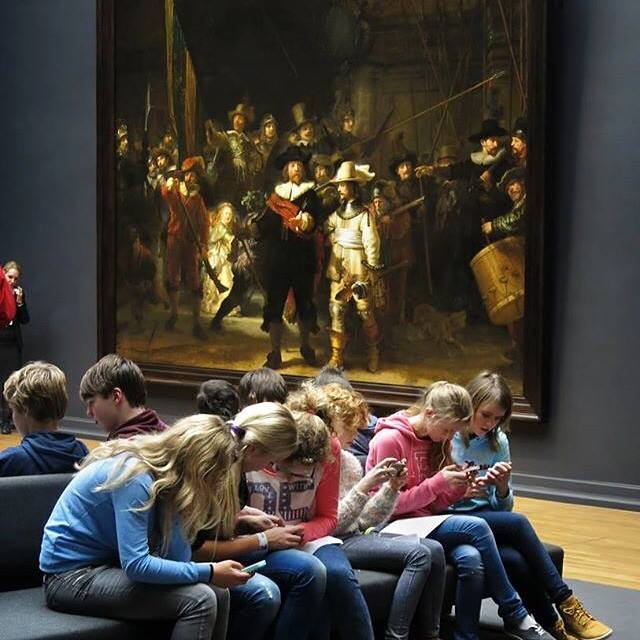 When we find ourselves outside, we stroll through nature, we walk the streets or go to great places like museums and bookstores with our eyes instead glued to our cell phones.
When we find ourselves outside, we stroll through nature, we walk the streets or go to great places like museums and bookstores with our eyes instead glued to our cell phones.
What are we so concerned we’re going to miss?
“The Night Watch” by
Rembrandt van Rijn, maybe?
We multi-task wherever we are. We get utterly absorbed in computer games or mobile apps. We have become a species that speeds down the highways and roadways of life not actually present to what surrounds us. We scan over tons of data everyday on our computer screens. We send texts and various forms of communiqué incessantly.
What is happening to us?
Our bodies respond to this pace by holding a simmering tension, one that builds in each step, with each movement, with each “next thing” that needs our immediate attention. Oftentimes, our muscles are tight and often strained, especially those muscles around the hands, neck, and shoulders.
The Cost of Today’s Many Distractions
 It’s my observation that we are not aware of what we are no longer tuned in to, of what we are disconnected from, as a result of this nonstop, highly stimulating pace. “Social Media” is, yes, a new kind of connecting with others, but it’s also a form of interacting that leads to a less intimate way of connecting to others. It is fast replacing the more fundamental benefit of hearing someone, seeing someone, and registering that person live and in their energy, in front of you. And at the same time, we lose the opportunity to notice ourselves, our own pace and our own reactions, in the presence of another.
It’s my observation that we are not aware of what we are no longer tuned in to, of what we are disconnected from, as a result of this nonstop, highly stimulating pace. “Social Media” is, yes, a new kind of connecting with others, but it’s also a form of interacting that leads to a less intimate way of connecting to others. It is fast replacing the more fundamental benefit of hearing someone, seeing someone, and registering that person live and in their energy, in front of you. And at the same time, we lose the opportunity to notice ourselves, our own pace and our own reactions, in the presence of another.
Why Do We Love?
Why Do We Love? Why Do We Need It Want It, and Seem to Thrive When In It?
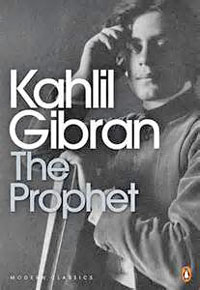 There’s a saying, and it goes something to the effect of “ultimately all we have is love.” Or as Kahlil Gibran put it, “Love gives naught but itself and takes naught but from itself. Love possesses not, nor would it be possessed; for love is sufficient unto love.”
There’s a saying, and it goes something to the effect of “ultimately all we have is love.” Or as Kahlil Gibran put it, “Love gives naught but itself and takes naught but from itself. Love possesses not, nor would it be possessed; for love is sufficient unto love.”
Love, which is an experience at the root of human bonding, is so vital to human beings that without it, we don’t develop properly. We remain impoverished. A loving bond between a human infant and a human caregiver not only creates the potential for development, it contributes to it and is necessary for healthy development to occur.
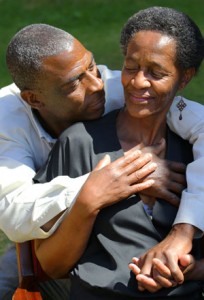 Intimate adult relationships are a great source of love and nurturance. And sexual intimacy with a loving partner fosters connection and bonding. Spiritual experiences even, of oneness and of unity, can be experienced during loving sexual intercourse.
Intimate adult relationships are a great source of love and nurturance. And sexual intimacy with a loving partner fosters connection and bonding. Spiritual experiences even, of oneness and of unity, can be experienced during loving sexual intercourse.
In addition, an important fact specific to human beings is that we are one of the only mammals that practice sex throughout the female’s entire monthly cycle, not just during ovulation. Why? Research is showing that sexual behavior stimulates all sorts of bonding hormones to be released – the “feel good” hormones such as oxytocin and vasopressin and the positive-feeling neurotransmitter dopamine, as well as testosterone and nor-epinephrine. These chemicals are released in even greater amounts during orgasm, all of which nurtures our emotional, psychological, and physical selves. We are fed, fueled, and rejuvenated, if you will, through all forms of contact that engender bonding and intimacy. We are literally designed for it.
Read More



